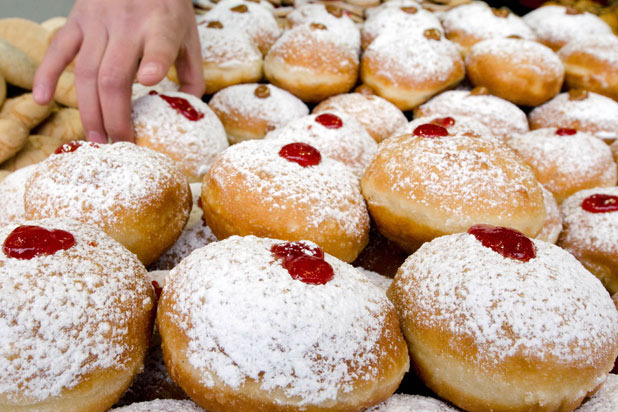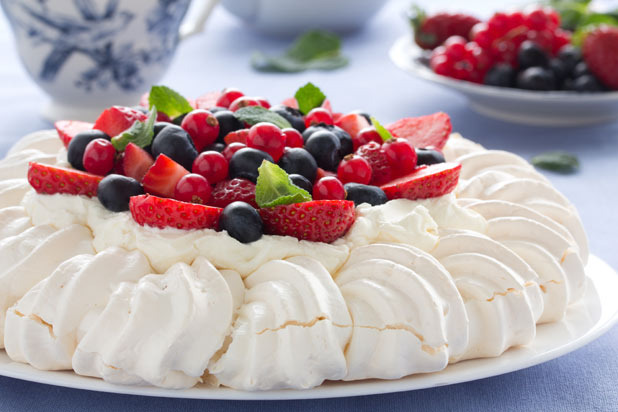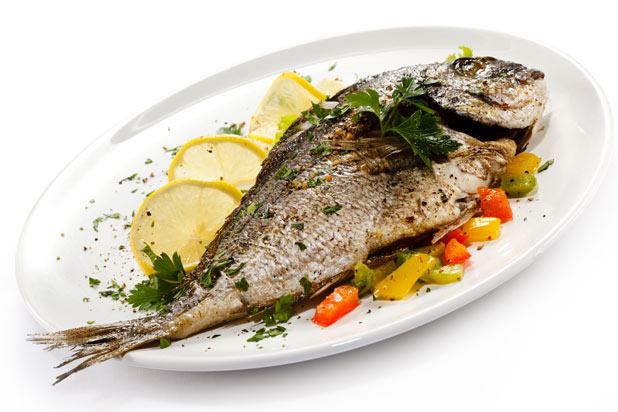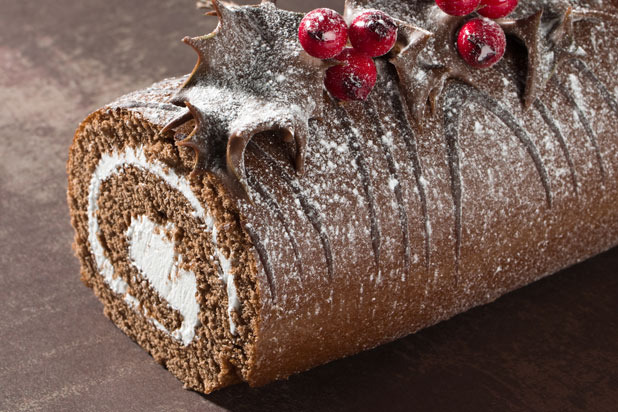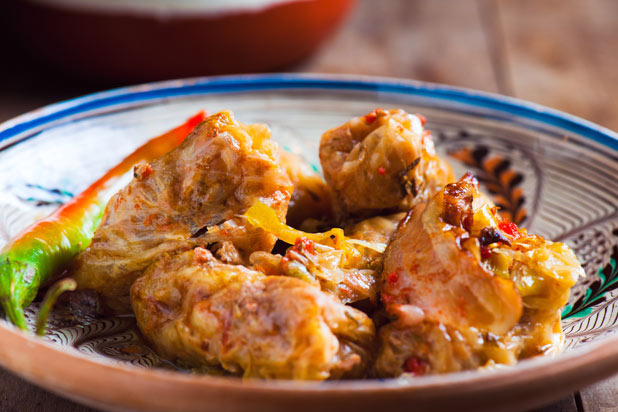Holiday Food Around The World (Slideshow)
In the Philippines, Christmas breakfast traditionally includes this sweet and sticky pastry. Bibingka is made of rice flour and coconut milk and is baked in a banana leaf-lined terra-cotta pot and topped with kesong puti (a type of white cheese) and grated coconut. Sometimes a salted duck egg is added to give the pastry a savory element.
Sufganiyot (Israel)
Sufganiyot — fried, jelly-filled donuts — are a popular Hanukkah treat in Israel and in Jewish communities around the world. Different countries may call desserts like these by different names (in Russia, they're ponchiki; in Poland, pączki), but wherever they're found, sufganiyot are, like many other foods eaten during the Festival of Lights, deep-fried in oil. They are a traditional and thoroughly indulgent holiday dessert.
Pavlova (Australia)
For Australians, December is one of the hottest months of the year, and the Christmas food reflects the hot climate. Barbecuing outside is common, as well as sometimes serving meat, such as ham, cold. A popular dessert is Pavlova, a meringue dessert filled with whipped cream and fresh fruit that's perfect for the hot climate.
Jansson's Frestelse (Sweden)
This creamy potato, onion, and anchovy casserole is a popular side dish on the Christmas table. The name of the dish is Swedish for "Jansson's temptation," though it's not really clear exactly who Jansson was — most likely a 19th-century opera singer, or a character in an early 20th-century Swedish film. English translations of the recipe usually call for anchovies, but the fish traditionally used are sprats, in Sweden called ansjovis, which may be the cause of the confusion.
Yebeg Wot (Ethiopia)
In Ethiopia, farmers often buy lambs in advance of Christmas to have time to fatten them up for this thick and buttery stew. Flavored with the traditional berbere-spice, the stew is often served with injera, Ethiopian flatbread.
Feast of the Seven Fishes (Sicily, Italy)
Though the traditional Sicilian "Feast of the Seven Fishes" indeed included seven dishes of seafood, the amount and type of fish eaten in the Southern regions of Italy today varies — most important is that some fish is included in the meal enjoyed on Christmas Eve. The original idea of serving seven dishes is said to be linked to the number of sacraments or the days God required to create the world.
Riisipuuro (Finland)
Traditionally eaten on the morning of Christmas Day (or even throughout the whole month of December) riisipuuro is a porridge made by cooking rice in milk, similar to the common dessert rice pudding. The porridge is often eaten with cinnamon, a nod of butter, and milk or a soup made of dried plums. A Christmas tradition is also to put an almond in the pot of porridge, and whoever gets the almond in his or her serving of riisipuuro can make a wish, or as some people view it, will get married in the near future.
Bûche de Noël (France)
This classic French Christmas dessert originates from an ancient Celtic tradition of celebrating the winter solstice. On this day, the Celts would search for a large tree trunk to burn, as the burning log was a symbol of the rebirth of the sun and an offering of thanks to the sun for returning to the Earth. Fast-forwarding in time, the big log got replaced by a smaller branch set in the middle of the dinner table, surrounded by sweets. This branch inspired pastry chefs to create the cake, which we now know as Bûche de Noël, and it's often served after Christmas dinners in France.
Champurrado (Mexico)
The thick and creamy hot chocolate drink is traditionally enjoyed on Christmas Eve in Mexico. The main ingredients in champurrado are corn flour and Mexican chocolate, and some variations call for milk, water, or both. For extra flavor, cinnamon or anise can also be added.
Sarmale (Romania)
These stuffed cabbage rolls are enjoyed year-round in Romania, but especially around holidays such as Christmas and Easter. The boiled cabbage rolls are traditionally packed with pork, beef, and rice, and boiled in tomato sauce. Similar variations can be found across the Balkans and Central Europe.
